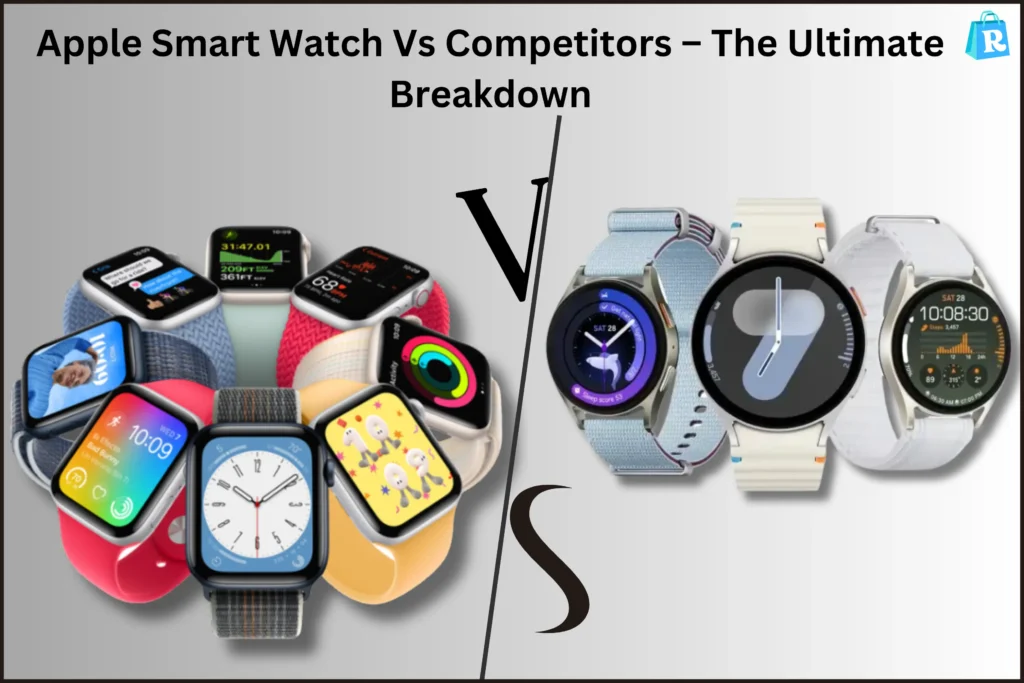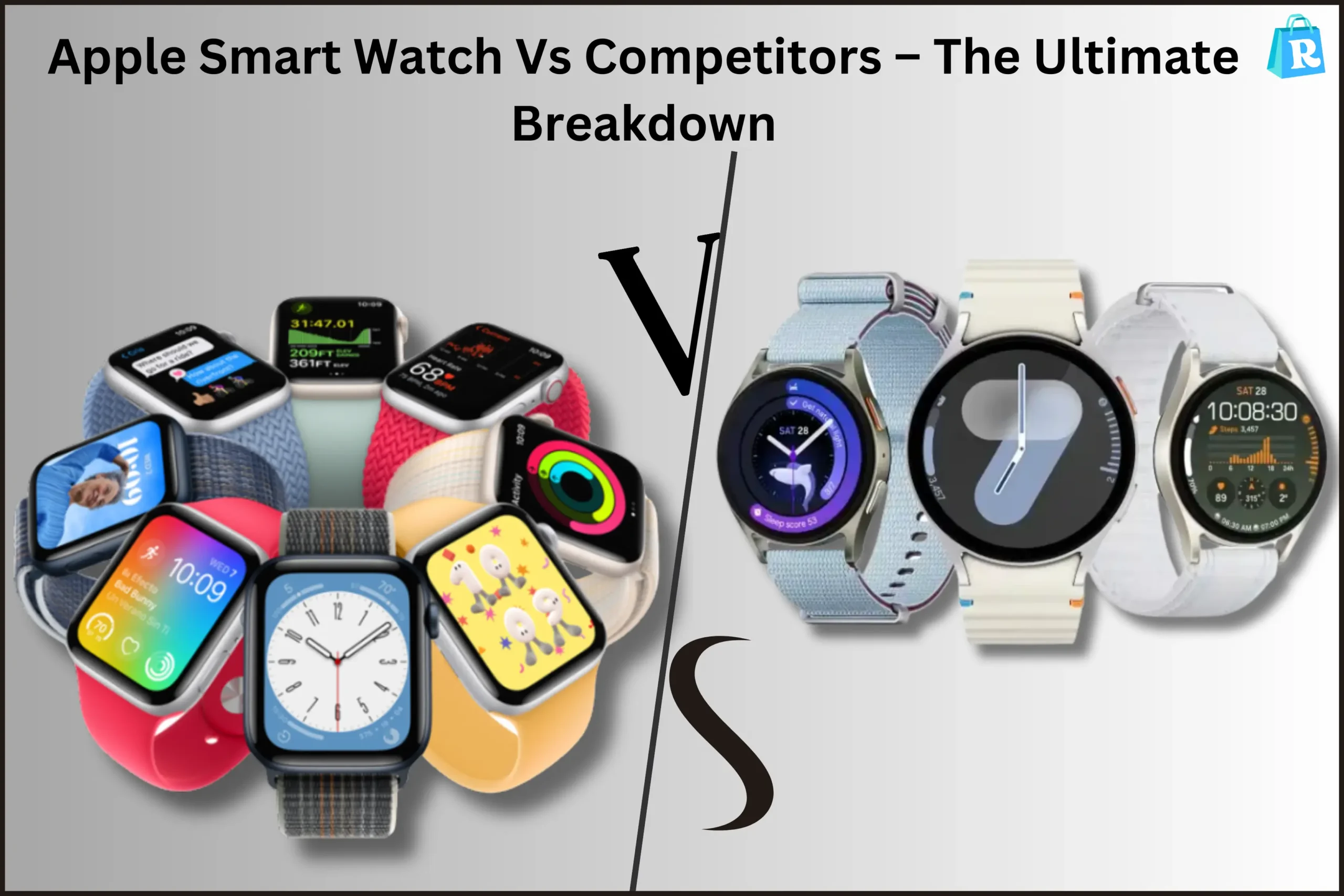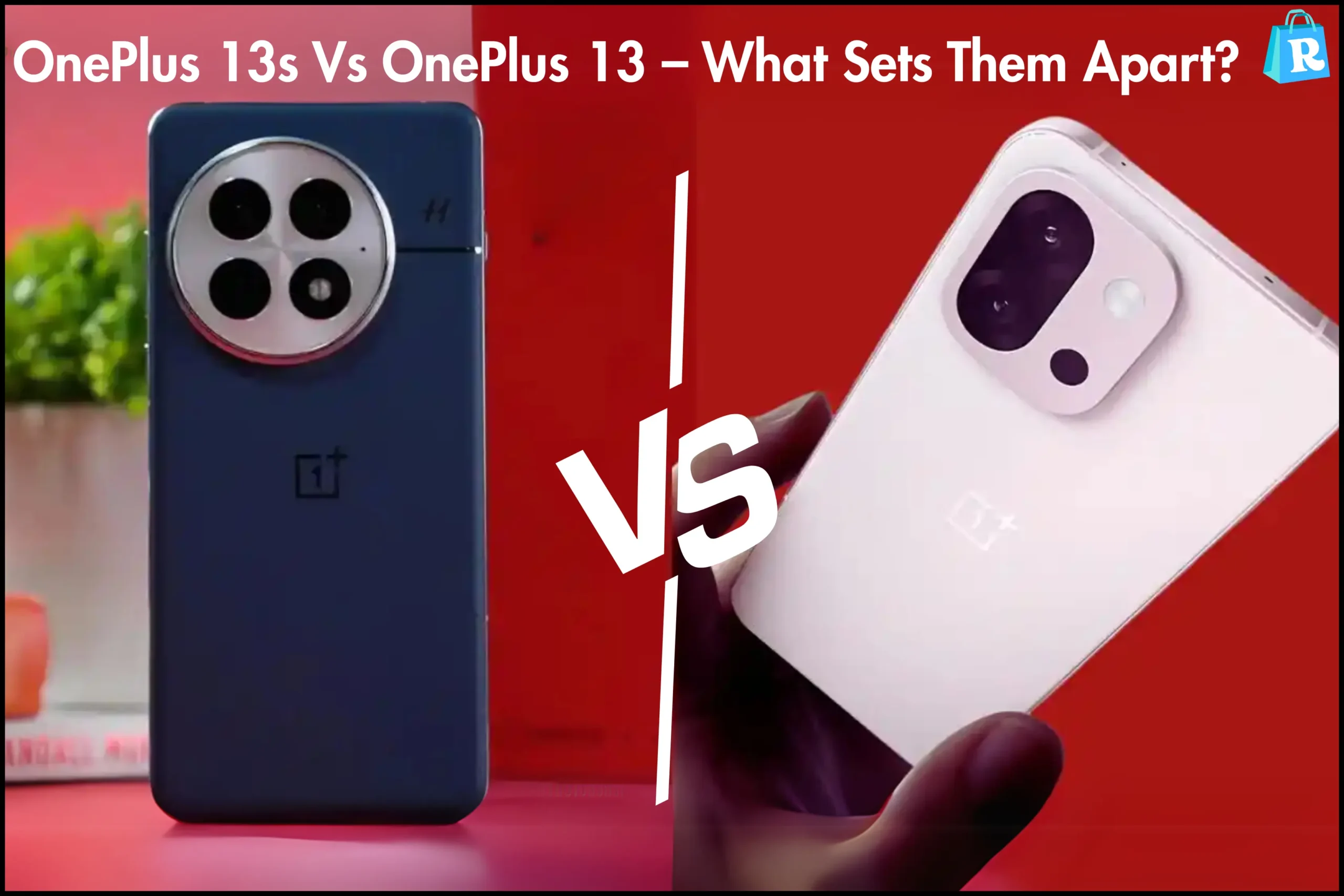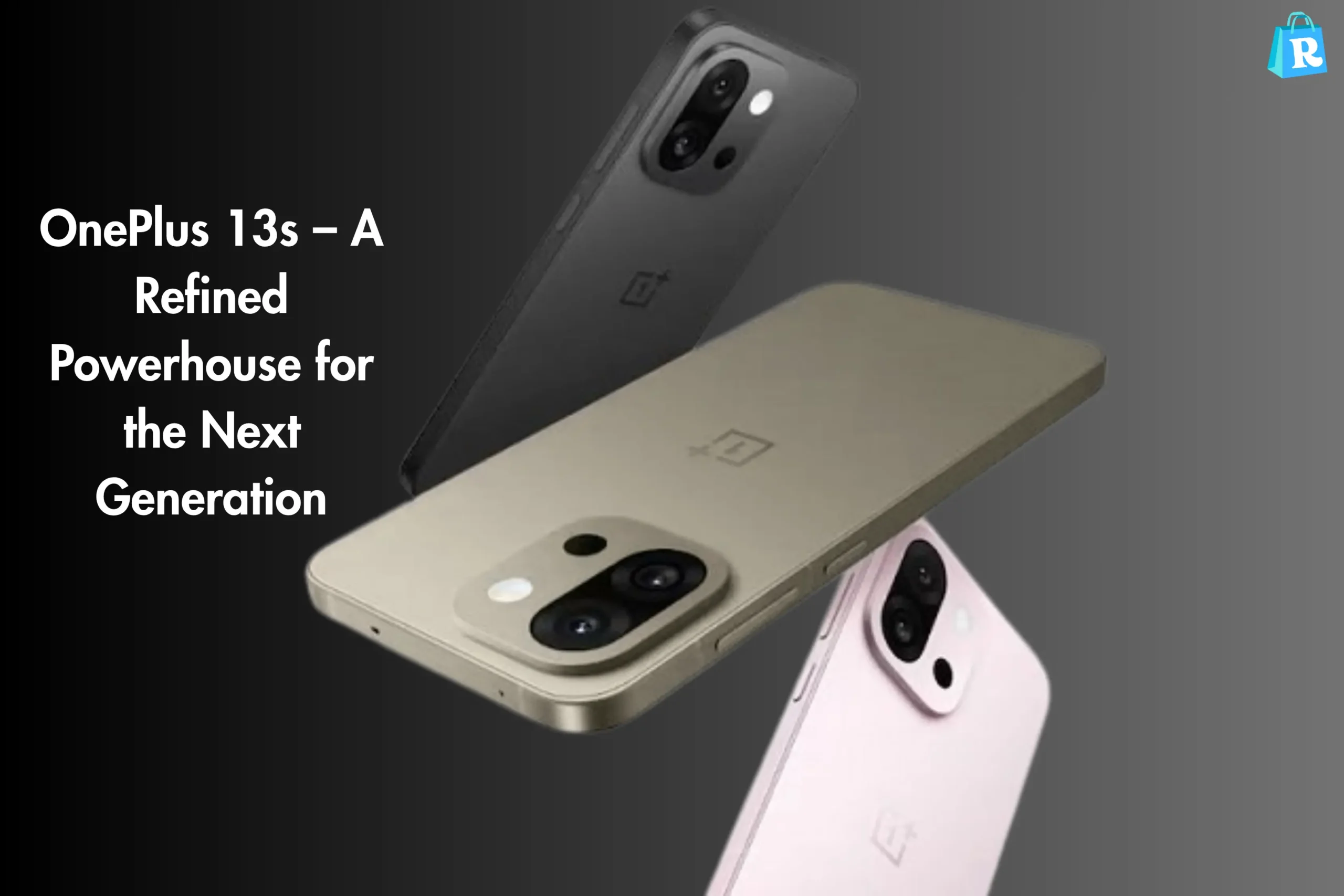In the fast-paced world of wearable technology, few devices have captured public imagination like the Apple Smart Watch. It has become more than a digital timepiece, evolving into a fitness companion, health monitor, notification hub, and style accessory. As smartwatches grow in popularity, Apple continues to lead the market with innovation and flair. But how does it truly compare against its rivals in terms of functionality, design, and user experience?
This detailed exploration dives deep into everything that sets the Apple Smart Watch apart. Whether you are a fitness enthusiast, a productivity guru, or simply someone who appreciates sleek technology, understanding how this watch holds its ground against other smartwatches is essential. Stay with us as we unpack its features, performance, and value in this all-encompassing comparison.
Evolution of Apple Smart Watch Over the Years
Since its launch in 2015, the Apple Smart Watch has gone through a remarkable transformation. Each series has introduced new features, improved design, and expanded health capabilities, helping Apple stay ahead in the smartwatch game. Here’s a comprehensive breakdown of all major Apple Smart Watch series to help you understand their differences and development over time.
The Ultra line took things a step further by catering to outdoor enthusiasts and athletes. With increased durability, longer battery life, and precision GPS, Apple has shown it can meet professional-grade expectations. The seamless integration with other Apple devices also ensures that users enjoy an ecosystem that feels unified and intuitive.

Apple Watch Series 1
Launched alongside Series 2, the Series 1 was Apple’s entry-level model. It featured basic fitness tracking, a dual-core processor, and was splash resistant, but lacked built-in GPS. It was mainly suited for users new to wearables who wanted basic functionality and seamless iPhone integration.
Apple Watch Series 2
Series 2 brought significant improvements, including built-in GPS and water resistance up to 50 meters, making it more appealing to runners and swimmers. It featured a brighter display and faster performance than Series 1. This model marked Apple’s first major move into serious fitness territory.
Apple Watch Series 3
This series introduced LTE connectivity, allowing users to make calls and stream music directly from the watch without needing their iPhone nearby. It improved speed and added altimeter tracking, helping with elevation-focused workouts. Series 3 continued to be sold for many years due to its affordability and performance.
Apple Watch Series 4
Series 4 was a game-changer with a completely redesigned body and larger edge-to-edge display. It was also the first Apple Watch to include ECG (electrocardiogram) capability, which could detect irregular heart rhythms. The Series 4 introduced the electrical heart sensor and enhanced haptic feedback on the digital crown, boosting both design and functionality.
Apple Watch Series 5
The key highlight of Series 5 was the Always-On Retina display, allowing users to see the time and other data without lifting their wrist. It added a built-in compass and came in new materials like titanium. Series 5 maintained the Series 4 design but improved the user experience significantly.
Apple Watch Series 6
Series 6 introduced a blood oxygen sensor (SpO2) and faster charging. It also brought a brighter Always-On display and new case colors like blue and red. This model emphasized overall wellness with features designed to monitor respiratory health and track workouts more accurately.
Apple Watch SE (First Gen)
The SE model was a budget-friendly alternative introduced alongside Series 6. It combined features from Series 5 but omitted ECG and blood oxygen monitoring. Ideal for users who wanted core Apple Watch features without the premium price, the SE maintained great value and performance.
Apple Watch Series 7
Series 7 further expanded the screen with thinner bezels and added a full QWERTY keyboard. It introduced crack-resistant front crystal for better durability and had the fastest charging to date. The watchOS 8 enhancements worked seamlessly with the new display, making Series 7 more user-friendly.
Apple Watch Series 8
With Series 8, Apple refined health tracking by adding a temperature sensor for cycle tracking and introducing crash detection, which could automatically call emergency services during severe car accidents. While the design remained close to Series 7, internal upgrades made this model smarter and safer.
Apple Watch SE (2nd Gen)
Released alongside Series 8, this SE version kept the core Apple Watch experience at a lower price point. It lacked the advanced sensors of Series 8 but included crash detection and a faster processor, making it ideal for first-time users or younger audiences.
Apple Watch Series 9
Series 9 introduced major performance gains with the S9 SiP (System in Package) chip, enabling on-device Siri processing for faster responses and better privacy. It featured double tap gesture control, a brighter 2000-nit display, and deeper integration with iOS 17 features. Series 9 marked a shift towards sustainability with carbon-neutral models and enhanced environmental tracking.
Apple Watch Ultra
The Apple Watch Ultra was built for outdoor adventurers, athletes, and professionals needing ruggedness. It featured a 49mm titanium case, dual-frequency GPS, an action button, and up to 36 hours of battery life. With features like a depth gauge, diving support, and an emergency siren, the Ultra was designed to withstand extreme environments.
Apple Watch Ultra 2
Building on the original Ultra, the Ultra 2 introduced the S9 chip, double tap gesture, and brighter 3000-nit display. It retained the same rugged design and endurance-focused features while enhancing speed and responsiveness. This model reaffirmed Apple’s commitment to serious athletes and explorers needing reliability in any condition.
Design and Build Quality
One of the standout aspects of the Apple Smart Watch is its premium build quality. With options including aluminum, stainless steel, and titanium, the materials used in its construction reflect luxury and durability. The edge-to-edge Retina display, available in both rounded and flat designs depending on the model, offers excellent visibility even under sunlight.
While other brands offer unique designs, Apple keeps its aesthetic clean and modern. The interchangeable bands add another level of customization, allowing users to shift from sporty to classy within seconds. The digital crown remains a signature component, adding both style and functional navigation.
User Interface and WatchOS Experience
WatchOS plays a critical role in defining how smooth and responsive the Apple Smart Watch feels. With each update, Apple refines the UI, making apps more accessible and intuitive. Features such as widgets, app stacks, and always-on displays enhance usability without overwhelming the user.
Voice commands via Siri are also tightly integrated, allowing hands-free control that performs tasks such as setting reminders, starting workouts, or sending messages. Compared to other brands, the Apple Smart Watch interface is fluid and lag-free, making everyday use a delight.
Health and Fitness Tracking Capabilities
Health monitoring is where the Apple Smart Watch shines. It not only counts steps and calories but also monitors heart rate, oxygen saturation, and even detects irregular rhythms. Advanced sensors enable features like ECG readings, fall detection, and temperature sensing for menstrual cycle tracking.
Apple Fitness Plus integration adds value for those who prefer guided workouts. The watch provides real-time metrics during activities, helping users stay informed and motivated. Competing watches do offer health tracking, but the depth and accuracy of Apple health features remain unparalleled.
Battery Life and Charging Speed
Battery life is often a point of debate among smartwatch users. The standard Apple Smart Watch offers around 18 hours of usage, while the Ultra model stretches up to 36 hours. Fast charging helps compensate for the shorter battery span by providing up to 80% charge in just 45 minutes.
While some competitors boast longer battery life, Apple focuses on optimizing performance and features within a reasonable power envelope. Most users find daily charging manageable, especially given the benefits packed into the device.
App Ecosystem and Third-Party Support
The Apple Smart Watch benefits enormously from the App Store ecosystem. Thousands of apps optimized for the watch provide utilities ranging from navigation and meditation to productivity and gaming. Developers prioritize Apple when designing wearable apps due to its massive user base and stable platform.
Other smartwatches, especially those running Wear OS or proprietary systems, often have fewer app options. This puts Apple at an advantage for users who want more than just fitness and notifications from their wearable device.
Connectivity and Ecosystem Integration
Apple Smart Watch seamlessly syncs with iPhones, MacBooks, iPads, and even Apple TV. Whether unlocking a Mac, responding to calls, or controlling home automation, the smartwatch becomes an extension of the entire Apple environment. Features like Handoff and Continuity make transitioning between devices effortless.
Other brands are catching up, but Apple’s walled-garden approach ensures smooth interaction across devices. This synergy enhances user productivity and creates a consistent experience that few competitors can replicate.
Price and Value Proposition
Apple Smart Watches are priced higher than many competitors, especially with the Ultra edition. However, when you evaluate the durability, functionality, software support, and integration, the price reflects the value delivered. Apple provides regular updates and long-term support, making it a reliable investment.
Some users may prefer alternatives from Samsung, Garmin, or Fitbit due to specific preferences or lower costs. Still, for those already in the Apple ecosystem, the added convenience and performance can justify the premium.
Comparison Table: Apple Smart Watch Vs Top Competitors
| Feature | Apple Smart Watch Series 9 | Samsung Galaxy Watch 6 | Fitbit Sense 2 | Garmin Venu 3 |
|---|---|---|---|---|
| Display Type | Retina LTPO OLED | Super AMOLED | AMOLED | AMOLED |
| Battery Life | Up to 18 hrs (36 Ultra) | Up to 40 hrs | Up to 6 days | Up to 14 days |
| Health Tracking | ECG, Blood O2, HR, Temp | ECG, HR, BP | ECG, HR, Sleep | HR, SpO2, GPS |
| OS and Apps | WatchOS with App Store | Wear OS with One UI | Fitbit OS | Garmin OS |
| Compatibility | iOS Only | Android Only | iOS & Android | iOS & Android |
| Waterproof Rating | WR50 / 100m (Ultra) | 5ATM | Water Resistant | 5ATM |
| Price Range | $399 – $799+ | $299 – $399 | $199 – $299 | $349 – $499 |
Key Features of Apple Smart Watch
The Apple Smart Watch comes packed with standout features that include an always-on Retina display for continuous visibility, advanced health sensors for ECG and oxygen tracking, fall detection for safety, and deep integration with Siri for voice control. Fitness enthusiasts benefit from guided workout integration, while everyday users appreciate the seamless syncing of notifications, music, and even Apple Pay from their iPhone. The introduction of the Ultra model further expands these features with precision GPS, dual speakers, and an emergency siren for outdoor use.
Pros and Cons of Apple Smart Watch
Pros
- The Apple Smart Watch offers one of the smoothest smartwatch experiences in the market.
- It delivers precise health tracking backed by clinical-grade sensors.
- The build quality is top-tier, and its stylish design adapts well to various settings.
- App variety is unmatched, allowing users to personalize their experience to the fullest.
- Integration with the Apple ecosystem adds convenience across all supported devices.
Cons
- Battery life may require daily charging, especially for heavy users.
- Compatibility is limited to iPhones, excluding Android users.
- The price can be higher than alternatives offering similar basic features.
- Some users find the square face less appealing than circular designs.
- Advanced features may be underutilized by casual users who only want basic fitness tracking.
Frequently Asked Questions (FAQs)
-
Can Apple Smart Watch work without an iPhone?
The Apple Smart Watch requires an iPhone for setup and most functionalities. Some features like music playback and fitness tracking can work independently once configured.
-
How accurate is the Apple Smart Watch for health monitoring?
It uses clinical-grade sensors for heart rate and ECG, offering high accuracy. However, it should not replace medical devices or professional advice.
-
What is the difference between Series and Ultra models?
Series models focus on everyday use, while the Ultra offers extended battery, rugged design, and features tailored for athletes and adventurers.
-
Is the Apple Smart Watch waterproof?
It has a water resistance rating of WR50 for most models and 100m for Ultra, making it suitable for swimming but not for deep-sea diving.
-
Can I make phone calls using Apple Smart Watch?
Yes, models with cellular capabilities allow you to make calls, send texts, and use data without needing your iPhone nearby.
Conclusion
The Apple Smart Watch continues to dominate the wearable space with its seamless functionality, health focus, and elegant design. It is more than a watch; it is a lifestyle device tailored to support daily life, fitness, and productivity. While it comes at a premium price, the range of features and deep integration into the Apple ecosystem delivers exceptional value.
Whether you are exploring your first smartwatch or upgrading from a previous model, understanding what makes the Apple Smart Watch unique helps you make a more informed decision. With strong competition from Samsung, Fitbit, and Garmin, Apple stands tall not only through innovation but also through consistency and trust. This makes the Apple Smart Watch a reliable choice for those who want both performance and style in a wearable.






